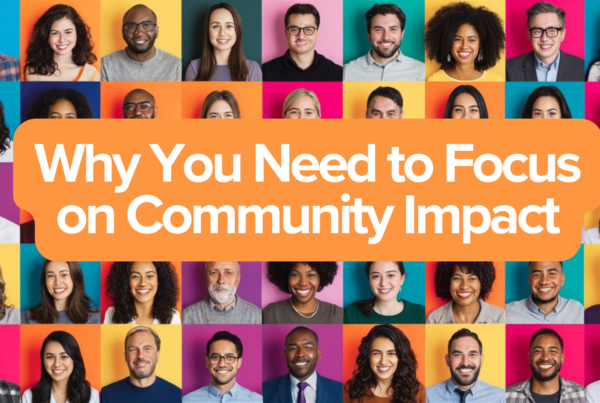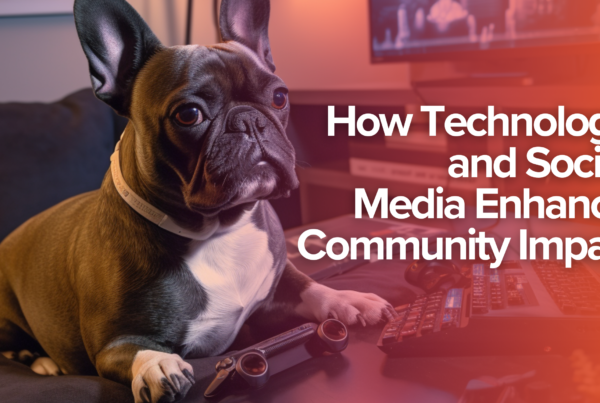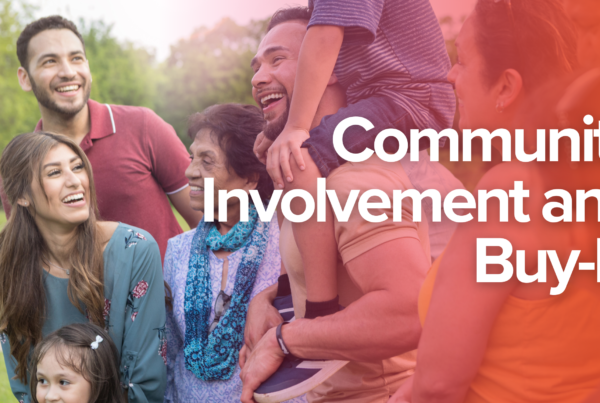When it comes to the workplace, diversity has been both a buzzword and a point of emphasis for several decades now. But, what does it mean? How to implement diversity in your workplace? How to have a Diversity Marketing Strategy?
In this article, we will discuss:
- The current Diversity scenario
- What does Diversity mean?
- Diversity and Inclusion in the workplace?
- Diversity Marketing
- How can your company get involved in Diversity Marketing?
The current Diversity scenario
Companies have been working hard to open up the hiring process and break the so-called “glass ceiling”, and the result has been offices and boardrooms that include plenty of people with different cultural and racial backgrounds, along with more and more women who are more than capable of taking on new roles.
Today, though, that’s not enough. Diversity now goes well beyond the look and feel of pre-Covid diverse office space.
Among the many changes that happened in 2020 was something called a “minority-major shift” in which the majority of American teenagers under the age of 17 will be from a minority background.
That kind of diversity is very different, and rest assured it’s a big deal for virtually every company trying to do business, regardless of what they make, sell or do.
There are many implications to this “new diversity,” but the biggest is that by 2040 the majority of younger adults will also be from a minority background.
That means companies have to understand their needs and be able to use diversity marketing to reach them, and many firms will have to change their entire way of business to do that.
Before we get into that, though, let’s back up a little. To understand this new diversity, it’s important to look at some of the specifics concerning definition, how diversity works in the workplace, and how it should be used in marketing.
What does Diversity mean?
The basic definition of diversity is simple.
According to whatever dictionary you choose to use-we’ll go with Oxford-diversity is defined as”a range of many people or things that are very different from each other.”
It’s relatively easy to extend that definition to the workplace with a simple example.
Let’s take an old-school small company with ten employees, eight of whom are white, with an age range from 25-60. We’ll add in one woman and an African American man, and that mix will basically meet the old definition of diversity in the workplace.
The new definition, however, looks very different.
To go back to our example, let’s say that company needs to hire ten new employees, and one of the goals of the hiring process is to become more diverse. To get there, virtually every one of those new hires would have to be non-white, female, or possibly even transgender, depending on the industry and the company’s attitudes toward folks with that orientation.
But that’s not the only thing the company needs to do to become diverse. In today’s workplace, that same company would need to create what’s called a culture of inclusion to meet the needs of those new employees.
Diversity and Inclusion in the Workplace
So how does inclusion work in the workplace? That’s not an easy question to answer, but once again it’s relatively simple to specify the basics.
Back to our example, many of those new hires will have different expectations about workplace culture and how people should be treated which may be very different from the way business was done in the past. This can extend from basics like workplace hours and promotion criteria to more complex differences like behavioral issues, what constitutes fair treatment, and how basic personnel issues are negotiated and managed.
| Related Article: Why is Cultural Diversity Important in the workplace? |
Fortunately, there are resources available to handle all of these things.
More and more companies are coming online with the express purpose of helping other firms to address diversity and inclusion-how to get there, how to set up different work environments, how to evaluate performance and success, and so on.
This is a growing field that will only become more important and sophisticated over time. Companies and businesses that don’t address these issues will be left in the dust, trying to sell products and conduct business using old methods that are outdated and quite likely less successful.
In the big picture, the equation is simple: adapt, progress, or fail. It is that simple.
Diversity Marketing
Now let’s look at the marketing part. Many companies are just beginning to address the issues presented by the need for diversity marketing, but some common threads tend to cross over one marketing segment to another.
The first and most basic change is that message strategies to reach potential customers will almost automatically need to become more segmented and diverse. But what does that mean?
Let’s go back to our theoretical example. Our small company will now have to address a more diverse customer base, so the old message and ads that worked to draw in a primarily white audience may become less effective, or even totally ineffective at some point, so the message may have to be altered or changed completely.
| Related Article: 6 Mistakes to avoid when doing Diversity Marketing? |
Expect these kinds of changes to broaden and expand over time.
Many business experts think that this kind of segmentation will eventually evolve into an entire broader discipline that will be called multicultural marketing, while others use the term minority marketing.
This development will affect the evolution of brands as well.
New kinds of expertise will be required to help guide companies through this, and those experts will be in high demand.
Resources will have to be reallocated to meet the different demands as all these shifts occur.
How can your company get involved in Diversity Marketing?
That answer depends on several things, and on your openness to change.
The first step is straight out of Business 101: Know your market, and know-how it is changing. Utilize the diversity of your creative team to track and take advantage of those changes. And be willing to make the necessary changes, which may seem strange and difficult at first.
Beyond that, be willing to rebuild your company’s marketing program from the ground up, and to know and understand the inclusive language that will necessary to do this.
Your customers should have a voice in this as well, so it’s important to gather and use data in the right ways.
These are vital steps that are essential to stay with the times and ensure success for your company in the future, and it’s your opportunity to be a voice for positive change in the process.
Do you want to count on a team of experts in Diversity Marketing?
According to whatever dictionary you choose to use-we’ll go with Oxford-diversity is defined as “a range of many people or things that are very different from each other.”
It’s relatively easy to extend that definition to the workplace with a simple example.
Let’s take an old-school small company with ten employees, eight of whom are white, with an age range from 25-60. We’ll add in one woman and an African American man, and that mix will basically meet the old definition of diversity in the workplace.



